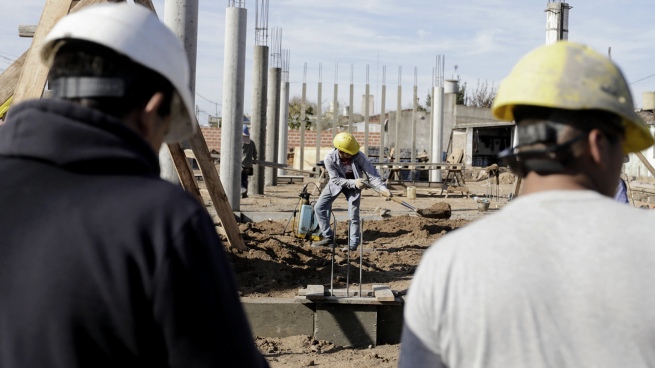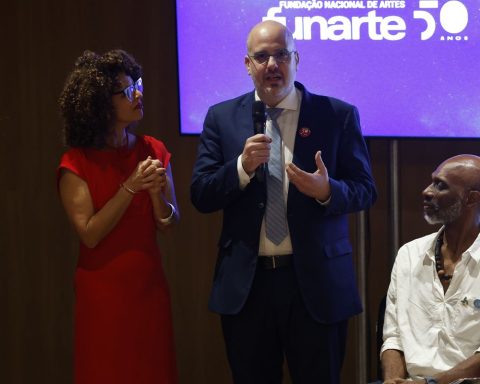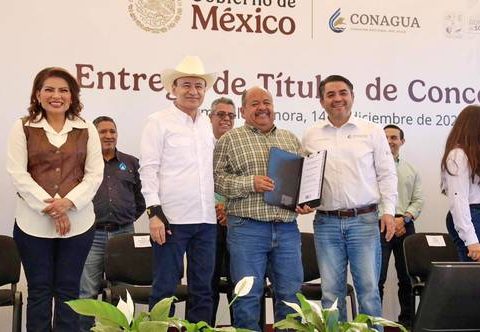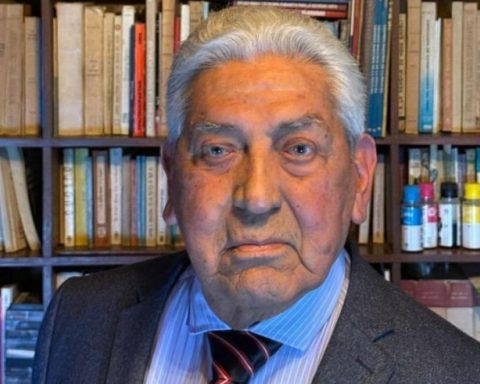How I wish I could live without air. The Maná group’s song stuck with me after researching a very common disease among the elderly: chronic pulmonary obstruction or chronic obstructive pulmonary disease (COPD), which makes breathing difficult and worsens over time.
Not for nothing, COPD is the fourth leading cause of death among this age group.
Francisco, at the age of 20, lives in La Asunción, a residence for older adults that the Hogar de Cristo has in Villa Alemana. He has been in this place for a long time, he is loved, respected and carefully cared for.
Like many older adults, who were active smokers in their younger years, which affects their current state, they need oxygen. It needs air. He suffers from COPD, as do two other residents of La Asunción, which houses a total of 56 people, 19 of whom are women.
Not all people with pulmonary obstruction require oxygen with the same intensity, but eventually they all end up tied to a metallic and immobilizing tube, as pointed out by kinesiologist Javier Binimel, who has been caring for adults in La Asunción for years.
From that experience, he comments:
“Oxygen dependence has been increasing in recent times, not only due to the pandemic, but also due to the aging of entire generations of smokers. Tobacco consumption has a high incidence in COPD, a pathology that requires auxiliary oxygen to continue with life. Many end up with total dependency and that is very expensive, because, although it is covered by the GES (Explicit Health Guarantees), it is not for all users; many conditions are required.
Karla González, the head of the La Asunción residence, was extremely distressed, because the efforts to obtain oxygen for those who need it in the public system are being very slow. They had been asking for an oxygen concentrator for about 8 months, which is a light machine that, plugged into electricity, supplies low-flow oxygen therapy to patients with respiratory failure.
This treatment delivers oxygen in concentrations higher than those found in ambient air to treat or prevent symptoms of hypoxia. Oxygen concentrators work by sucking in room air to filter nitrogen, making the air we breathe through these medical devices contain more than the 21% oxygen that we normally find in the environment.
Light, they allow mobility that oxygen tanks do not. As the kinesiologist Binimel says: “The concentrators are a huge gain in quality of life for chronic oxygen-dependent patients. They are light, have wheels, allow people to move and not be confined to their room, depending on the oxygen tank. It is enough that there is a plug, to be able to take them out to the garden, take them to the dining room, make them share with the other residents. In short: prevent them from being confined and falling into immobility and isolation”
They are certainly expensive and not well known. “One can access them through a procedure in the ERA room ((Adult Respiratory Disease), of the Family Health Center (CESFAM), within the framework of GES diseases, for chronic patients, but it is a whole bureaucracy And here the lack of oxygen does not wait”.
Erich Hofmann, who died on February 14 at the age of 88, used these machines during the last five years of his life. For 30 years, he smoked “two packs of unfiltered Lucky a day, though never at home. Only in the office”, as he used to point out. His younger children do not remember ever having seen him smoking with such intensity, but that stage left irreparable damage to his lungs. That, added to tuberculosis that affected him as a child, generated emphysema that made him survive drowning. How I wish I could live without air.
He lived without air, inhaling thanks to two oxygen concentration machines. He was lucky. He had one in the bedroom and one in the living room where he spent the day contemplating the Osorno volcano, beyond the Llanquihue side, his birthplace.
A devotee of Father Alberto Hurtado, whom he met as a student at the Colegio Francisco Javier de Puerto Montt, on Chinquihue Island, during a retreat with the Jesuit, he forced everyone who sat at his table to reflect on his phrases before lunch. Until the end of his days, “the Bread of the Word” was sacred in his house.
Today, obeying his wish, the two machines that gave him his life are giving oxygen to other smokers or elderly victims of tuberculosis like him, in the Hogar de Cristo residence for the elderly, in Talca and in Villa Alemana. In the latter, La Asunción, they say:
“This donation is a gift from heaven for us and for our oxygen-dependent adults,” says Karla González, who immediately knows who will be using the device that just arrived. –This machine will be a blessing for don Francisco. Expenditure on oxygen has increased tremendously, like everything in our residential programs due to inflation, such as heating, food, everything. We have large oxygen tubes with a capacity of three cubic meters. And to fill them weekly when there have been critical moments costs 240 thousand pesos. A week! Go figure! This appliance only requires filter maintenance.
Javier Binimel, the kinesiologist, adds: “An oxygen tube can last 28 hours in a chronic patient, which makes everything very complex. What happens if the tube runs out of oxygen on a long weekend like last? How do you get them to fill it for you on time? It is distressing when an older adult is not getting enough oxygen; there you have to resort to the emergency service. Overcoming decompensations is very complex”.
He also comments on the difficulties of storing the tubes and what he already pointed out: the immobility to which it condemns the patient. “Certainly the public network is not enough. Covid-19 demonstrated the wild need for oxygen supply that exists in emergency units. Oxygen is like a country necessity and that is why it is so difficult to get the help that older adults are entitled to.”
Doris García, a social worker, head of the Hogar de Cristo senior line, which has been dealing with the poorest and most vulnerable elderly people in Chile for more than two decades, maintains that the same problem is experienced in all the foundation’s residences. “We work with irreversible pathologies, such as COPD. And it would be wonderful to be able to have a couple of oxygen concentrating machines in each residence, but they have a high cost. And we cannot have sophisticated medical services nor can we pay for expensive and complex machines, because we are not a clinic. Here one moves on that thin red line of what is survival and what is therapeutic cruelty. Nasogastric tubes, for example, cannot be a permanent treatment. Oxygen concentrators do, because they give quality survival to residents. That is why today everything goes through the issue of costs, which have skyrocketed, that is why donations like this one, from the concentrators, are so valuable and are so much appreciated”.
Empathizing is putting yourself in the place of another and imagining situations of concrete need. A few weeks ago, Hogar de Cristo reported that it was one of the main consumers of disposable diapers for adults and that with inflation that item was generating a deficit of 30 million pesos. That news reached the ears of a man from Osorno who was about to celebrate his birthday. As he had a party with many guests, he instructed them not to bring him gifts, but bags of adult diapers, which he later took to the Hogar de Cristo Nursing Home for the Elderly in the city.
That’s empathy, more so, even in Erich’s case. He lived for five years, day and night, what it is to live without air and to be able to survive thanks to those two blue plastic lungs, one of which today allows Francisco to breathe in La Asunción de Villa Alemana.
If you want to help abandoned older adults, become a member.


















